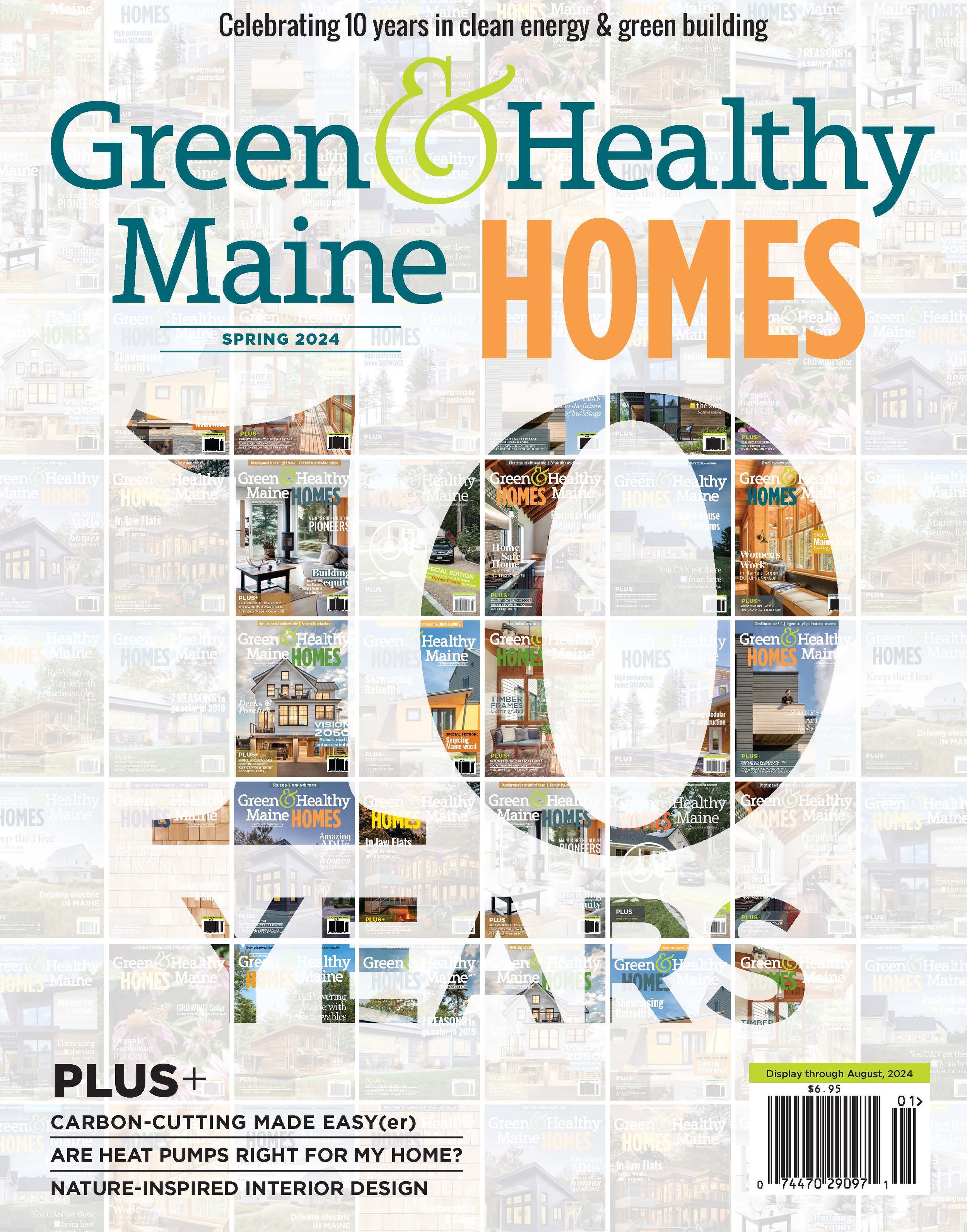New Plant Zone Map shows warmer temperatures creeping north
A fall 2023 update to the USDA Plant Hardiness Zone Map indicates warming temperatures that allow Maine to support plants which could not previously survive this far north.
industry news
By June Donenfeld
LAST FALL, the U.S. Department of Agriculture (USDA) published a new version of its Plant Hardiness Zone Map, updating it for the first time since 2012. This map is the standard tool that helps gardeners and growers figure out which plants are most likely to flourish at a particular location. The USDA reports that the new version is more accurate and detailed than previous ones, as it uses data from 13,412 weather stations; 7,983 were used for the 2012 version. They also note that though the new map is drawn in the most detailed scale (1/2 square mile) to date, there could still be microclimates too small to show up on the map.
The map is based on weather data from 1991–2020. The zone designations are based on average annual extreme minimum winter temperatures in a given place, not the lowest ever recorded.
Like half of the country, many of Maine’s plant hardiness zones have shifted north and are able to support plants which previously could survive only in warmer areas. According to the USDA, this reflects overall upticks in average and minimum winter temperatures over the last 30 years.
What does all of this mean for gardeners in Maine?
Caleb Goossen, PhD, organic crop and conservation specialist with the Maine Organic Farmers and Gardeners Association (MOFGA), says that while elevated temperatures are an important aspect of deciding what—and when—to plant, there are other factors to keep in mind.
“The zones have continued to shift, as is expected with climate change,” says Goossen. “That could mean, for example, moving from zone 4b to 5a on the map for some folks, but that’s only a 5-degree F [increase] in extreme minimum temperature. These zones are most relevant to overwintering species, because they’re about the minimum winter air temperatures. Other things to consider are the impacts of wind and plant dehydration and the average last frost date for their area, as that may not shift the way that the hardiness zones have.”
When it comes to direct seeding, Goossens says that gardeners should remember that “a crop’s success is going to be most influenced by soil temperature at planting, so, any linking [between zone changes and direct seeding success] will be a few steps removed. Folks can already often find success with direct seeding if they’re paying attention to appropriate soil temperatures for the crops they want.”
Paying attention to soil temperature at planting can help produce success with direct seeding.
“While a new zone designation may acknowledge that where someone lives is not getting as cold,” he adds, “and possibly could be warming up earlier in the spring than another area, someone who’s been using soil temperature as their guide already won't be doing anything differently.”
You can find soil thermometers at low cost at Maine companies like Johnny’s Selected Seeds and Fedco Seeds, as well as some hardware stores and garden centers. To get an accurate reading, insert it first thing in the morning, while the soil’s temperature is still close to the minimum nighttime one. Adjust the thermometer depth according to what you’re planting. For direct seeding, the top inch of soil makes sense, Goossen notes, “and that may be close enough for most transplants, too, though very large transplants would end up deeper in the soil.”
Jesse Watson, principal of Midcoast Permaculture Design and cofounder of the Maine Ecological Design School, also has some advice for Maine gardeners in the face of these climatic changes. “New pest and disease pressure is likely, so are periods of both too much and not enough water.”
To prepare for any adverse results in your garden of what he terms “global weirding,” Watson recommends “adopting conservation and ecological gardening practices, like agroforestry, taking a permaculture course and planting a greater portion of native plants to help with native insect populations.” He also suggests using techniques that store carbon in the soil, like compost, biochar and heavy mulches, as well as “having an irrigation plan, because we can’t rely on steady rainfall anymore. We will never know beforehand what kind of year it will be, so I advocate for water conservation, passive water harvesting and water storage on site, whether that is in tanks, ponds or some other earthwork.”
This article appeared in the Spring 2024 edition of Green & Healthy Maine HOMES. Subscribe today!
Find Maine experts that specialize in healthy, efficient homes in the Green Homes Business Directory.



